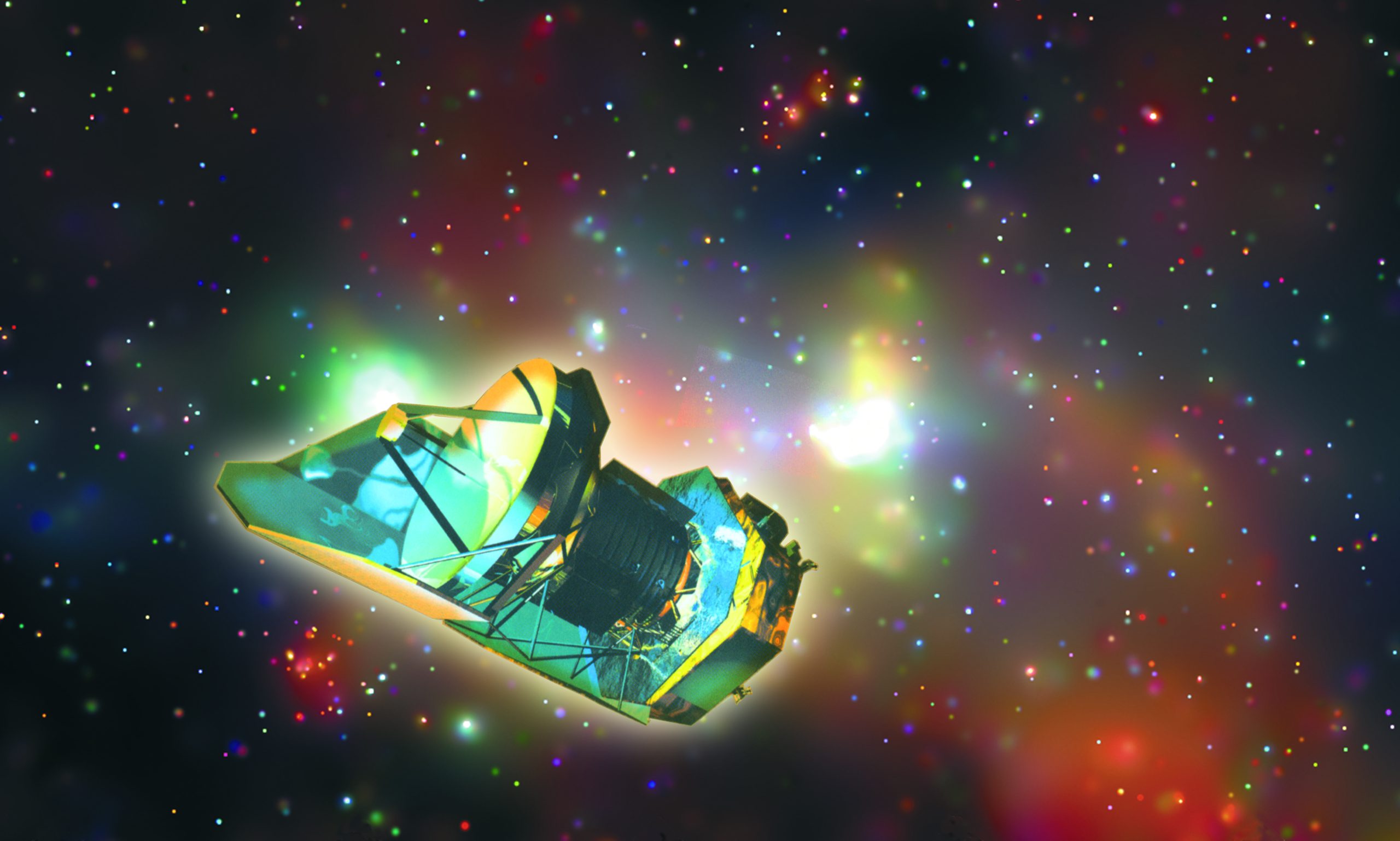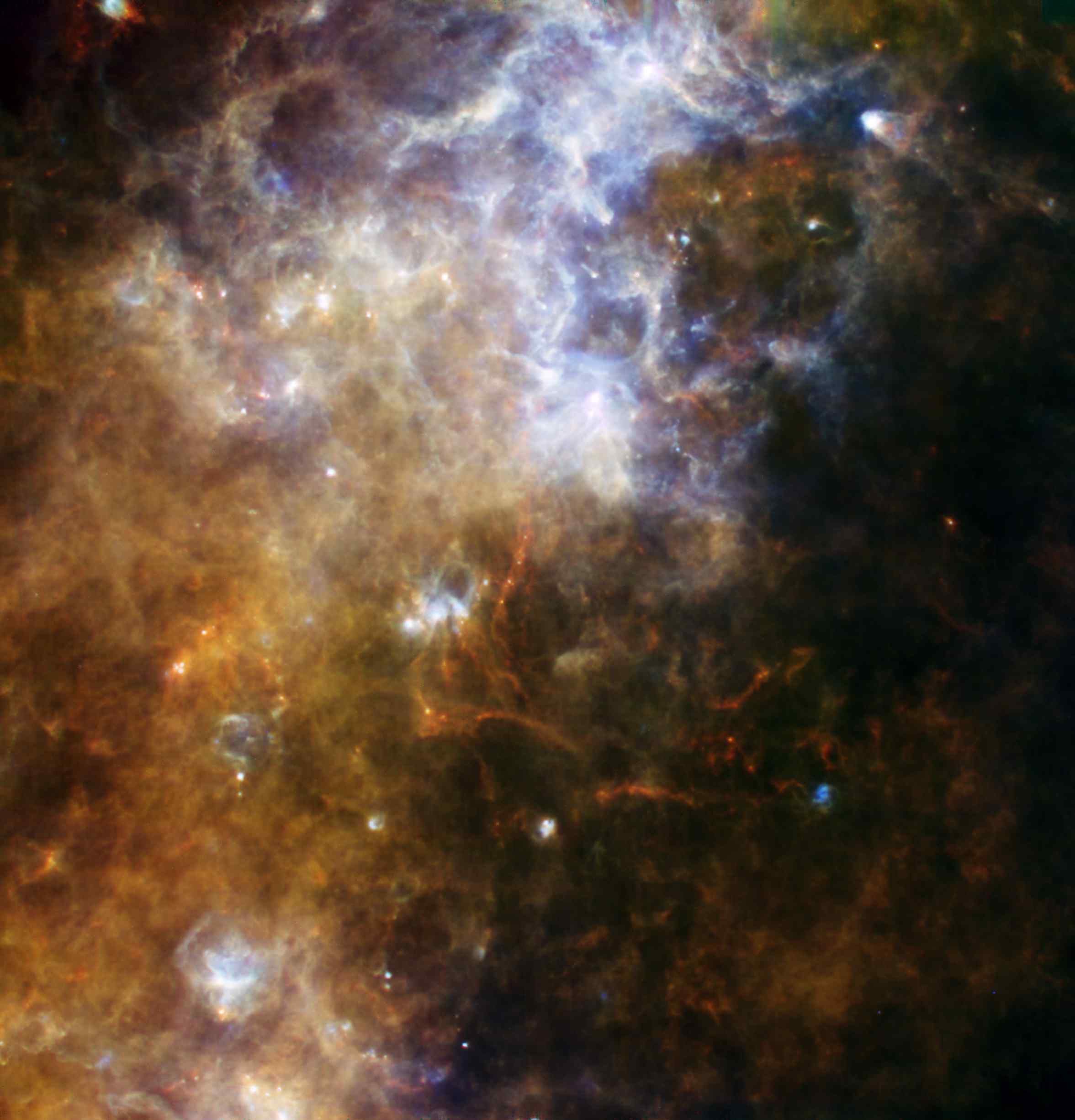Today the international HIFI project has come to a natural end. Since 1998, starting with a proposal to ESA, SRON and a great number of international partners have been working on the most complex instrument built so far by the institute. Over the years more than 300 people played an active role in the project; in the last month still 20 people worldwide were occupied with HIFI post-operations.

‘I think we can take pride in the great things we have achieved with HIFI,” says Frank Helmich, Principal Investigator for Herschel/HIFI. ‘We have been able to jointly design and develop the HIFI instrument, overcome the failure of the prime instrument, create all the necessary pipelines and (science) ground segment, write almost 300 scientific papers and set a record for calibration accuracy for single dish heterodyne instruments.’
“I would like to thank all colleagues who have been involved in the project or have been supporting it through staff services or otherwise. In the coming month, Project Manager Russ Shipman will tidy up the last bits of the project. Many thanks go out to Shipman and his team for making the post-operations a big success.’
Scientific heritage

HIFI, one of the three instruments on board the European space observatory Herschel (ESA), has observed the cool universe for almost 4 years since its launch in May 2009. In April 2013 Herschel’s liquid helium coolant finally ran out and HIFI ceased to collect spectra. But Herschel/HIFI’s scientific heritage is impressive. Thanks to HIFI, also known as the Molecule Hunter, scientists now much better understand the cosmic cycle of gas which leads to for instance the birth of stars and planets, and the role (water) molecules play.
HIFI has extracted a wealth of unique information from very different environments, from shells of dying stars to galaxy cores and comets. The instrument was able to do this because of an unbeatable combination of uninterrupted spectral coverage, high spectral resolution and calibration accuracy. This combination may not be available for another 40 years.
Consortium
Herschel was an ESA space telescope with science instruments provided by European-led Principal Investigator consortia and with important participation from NASA. HIFI was built and developed by a consortium led by SRON, with important contributions from TNO and small and medium-sized enterprises like Mecon. The consortium members were: Canada: CSA, U.Waterloo; France: CESR, LAB, LERMA, IRAM; Germany: KOSMA, MPIfR, MPS; Ireland, NUI Maynooth; Italy: ASI, IFSI-INAF, Osservatorio Astrofisico di Arcetri-INAF; Netherlands: SRON, TUD; Poland: CAMK, CBK; Spain: Observatorio Astronómico Nacional (IGN), Centro de Astrobiología (CSIC-INTA). Sweden: Chalmers University of Technology – MC2, RSS & GARD; Onsala Space Observatory; Swedish National Space Board, Stockholm University – Stockholm Observatory; Switzerland: ETH Zurich, FHNW; USA: Caltech, JPL, NHSC.”


